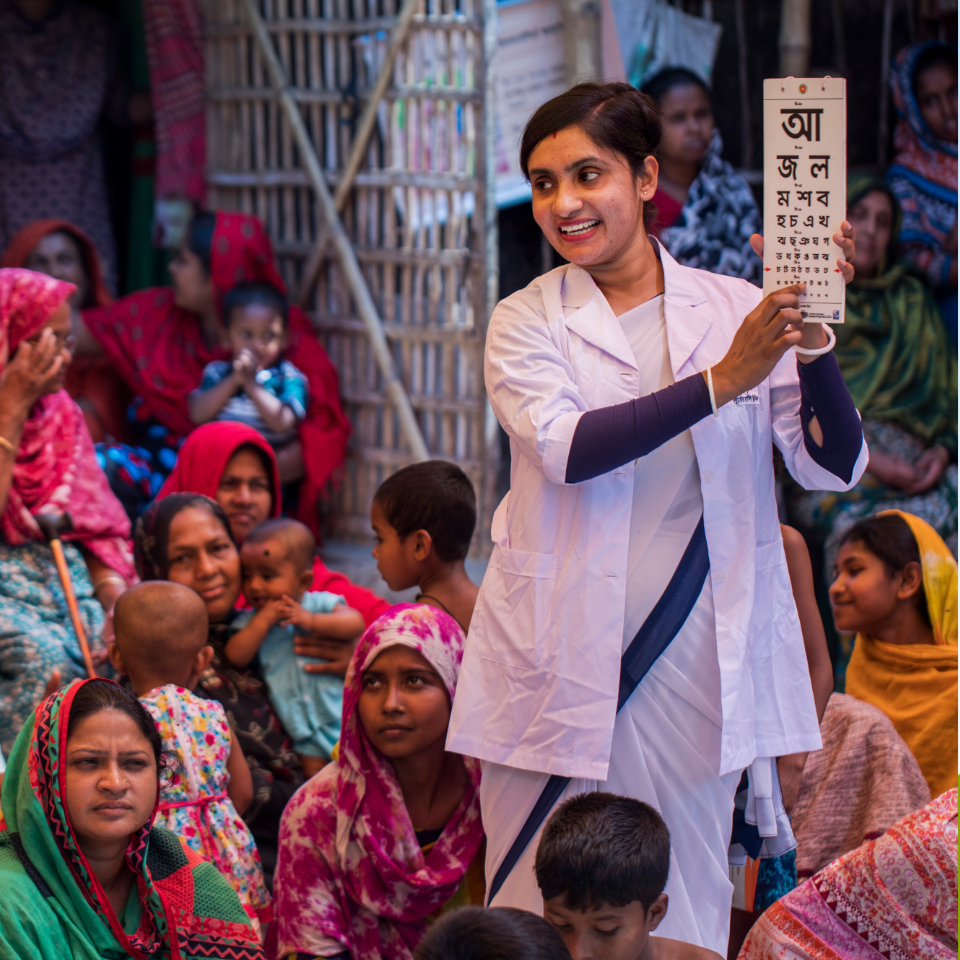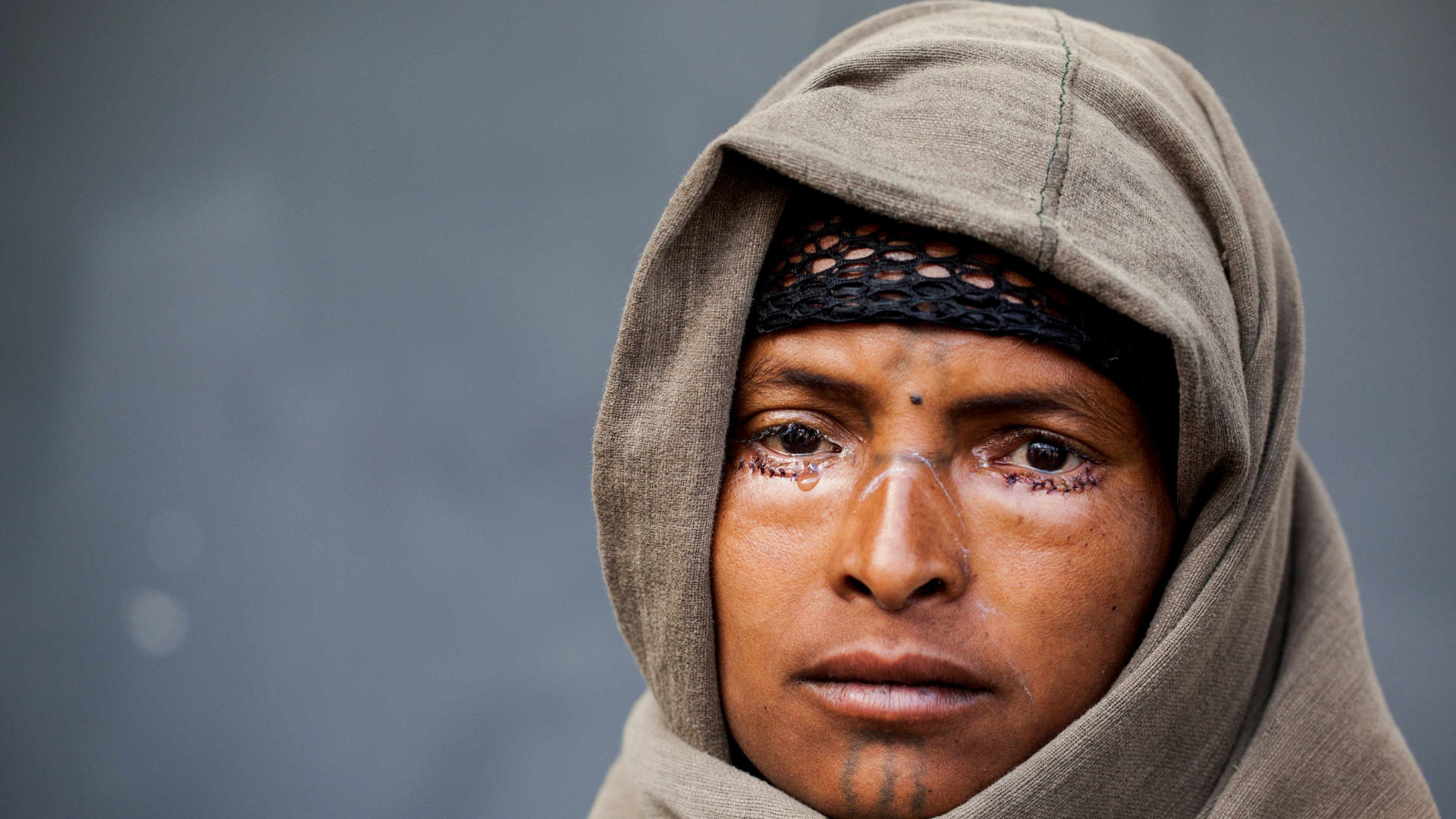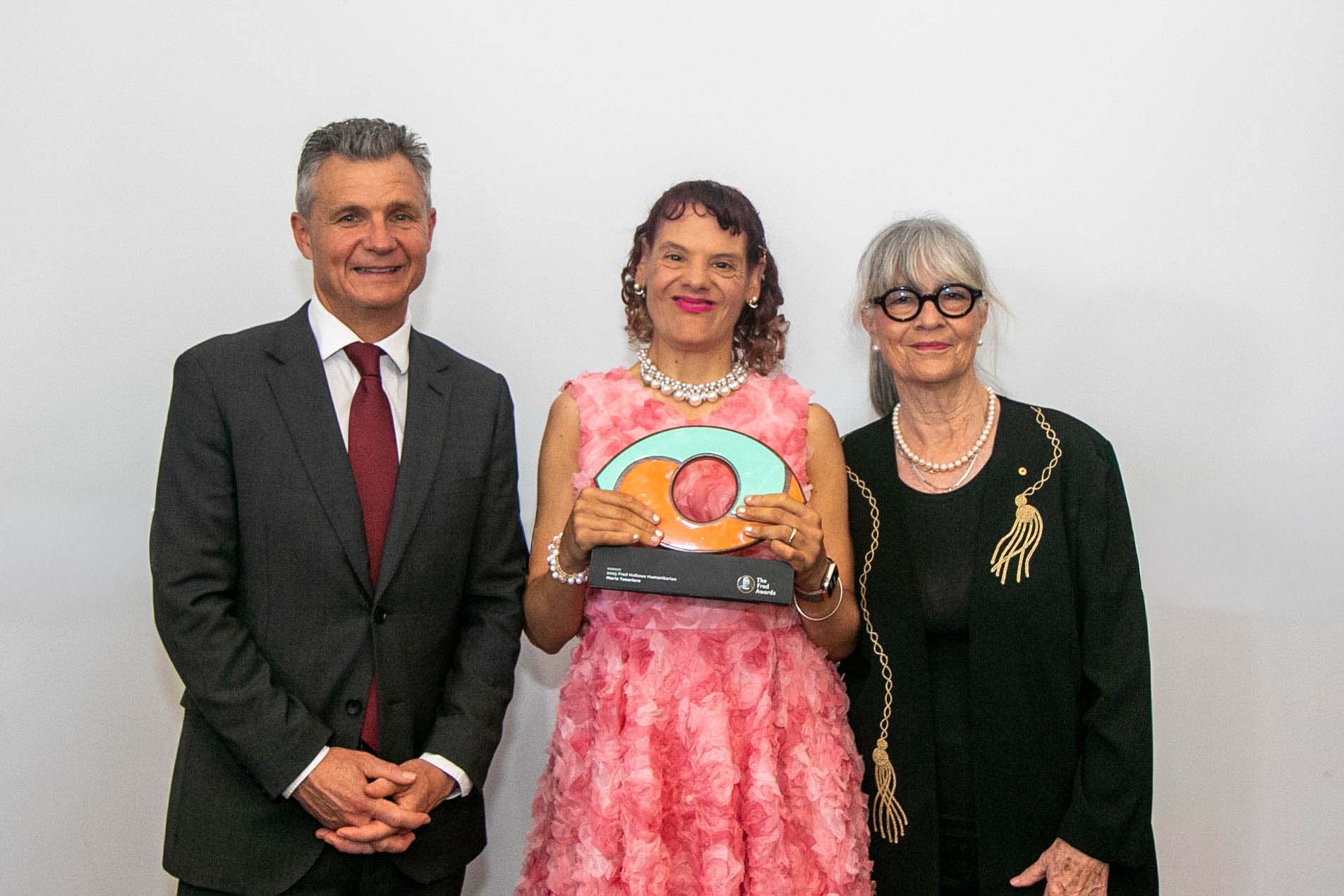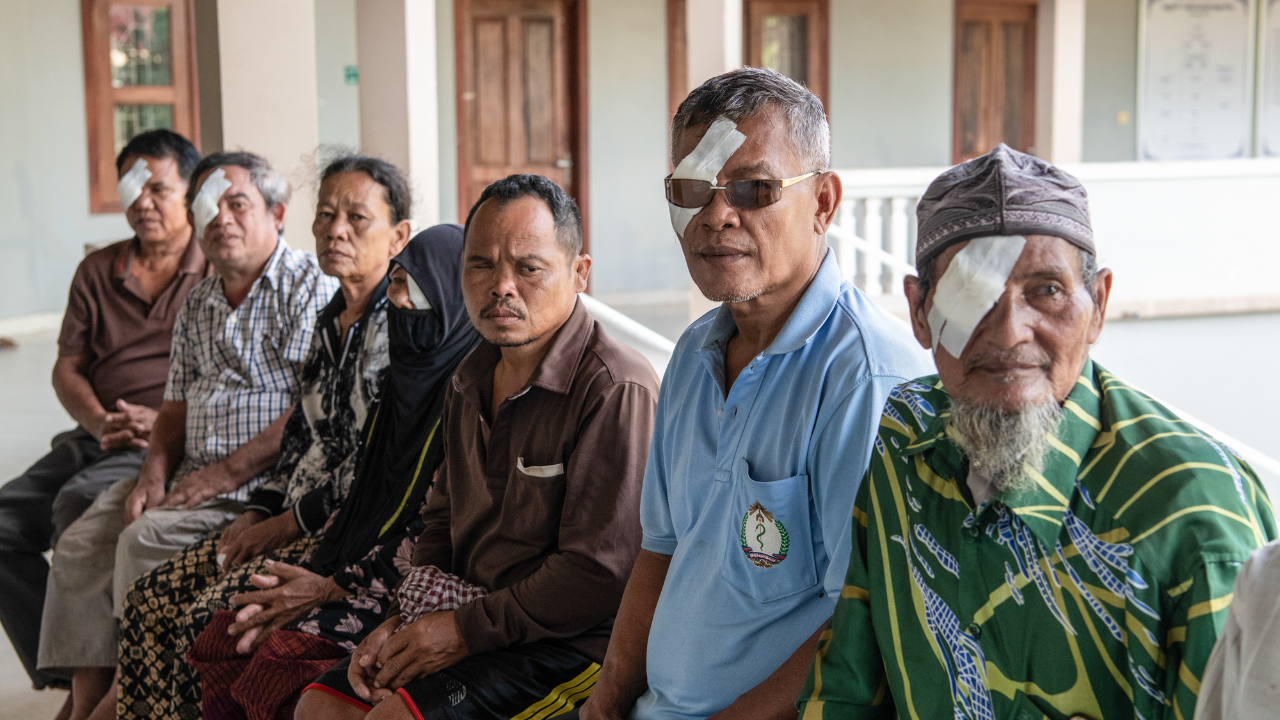The Foundation’s bold new plan to tackle global health crisis

The Fred Hollows Foundation has unveiled a bold new five-year strategy in response to the rapid acceleration of avoidable blindness and vision loss around the world.
“We are facing a global crisis in regard to eye health,” The Foundation’s CEO Ian Wishart said.
“By 2050, there is expected to be 1.7 billion people living with some form of avoidable blindness or vision loss. And 90% of these people live in low-to-middle income countries.
“It is like running for a bus that you can’t catch because the problem is accelerating faster than the pace of the eye health sector.”
Over the past 31 years, The Foundation has played a critical role in accelerating the availability of good eye health. It has addressed significant blindness and vision loss by restoring sight to more than three million people in 25 countries around the world.
Yet the eye health sector is struggling to keep up with the increased demand for services, as the world’s ageing and growing population places a greater strain on already overwhelmed health systems.
Cost effective solutions for treating the causes of avoidable blindness exist, yet many people cannot access these treatments. The Foundation’s 2024-2028 strategy aims to address these challenges by focusing on sustainable solutions that will tackle vision loss in low and middle-income countries.
“Treating cataract, refractive error and eliminating trachoma are still our priorities,” Mr Wishart said.
“But the central premise of this strategy is that creating sustainable systems in the countries where we work will deliver greater impact than concentrating only on immediate service delivery.
“Securing political commitment, building strong health workforces and integrating eye health into broader health plans are needed if we are going to keep pace with the demand.”
In the next strategic period, The Foundation wants to scale their programs to make the largest contribution to date. This includes tackling the key barriers to eye health, including chronic workforce shortages across all areas of health, especially in remote regions, and the availability, quality and use of eye health data.
A key shift for The Foundation will also be to focus on providing services across the continuum of care through increased vision loss prevention activities and clinical vision rehabilitation in addition to the traditional eye health treatment approaches.
“For too long, eye health has been thought of as a less critical development issue. We are looking to change the perspective on this in a significant way. We know improved eye health leads to better education, employment and inclusion,” Mr Wishart said.
Click here to view The Foundation's 2024-2028 strategy
Related articles

The Fred Hollows Foundation joins Bloomberg Philanthropies Vision Initiative

Meet the 2025 Fred Hollows Humanitarian of the Year: Marie Tesoriero

